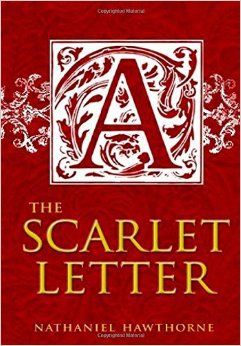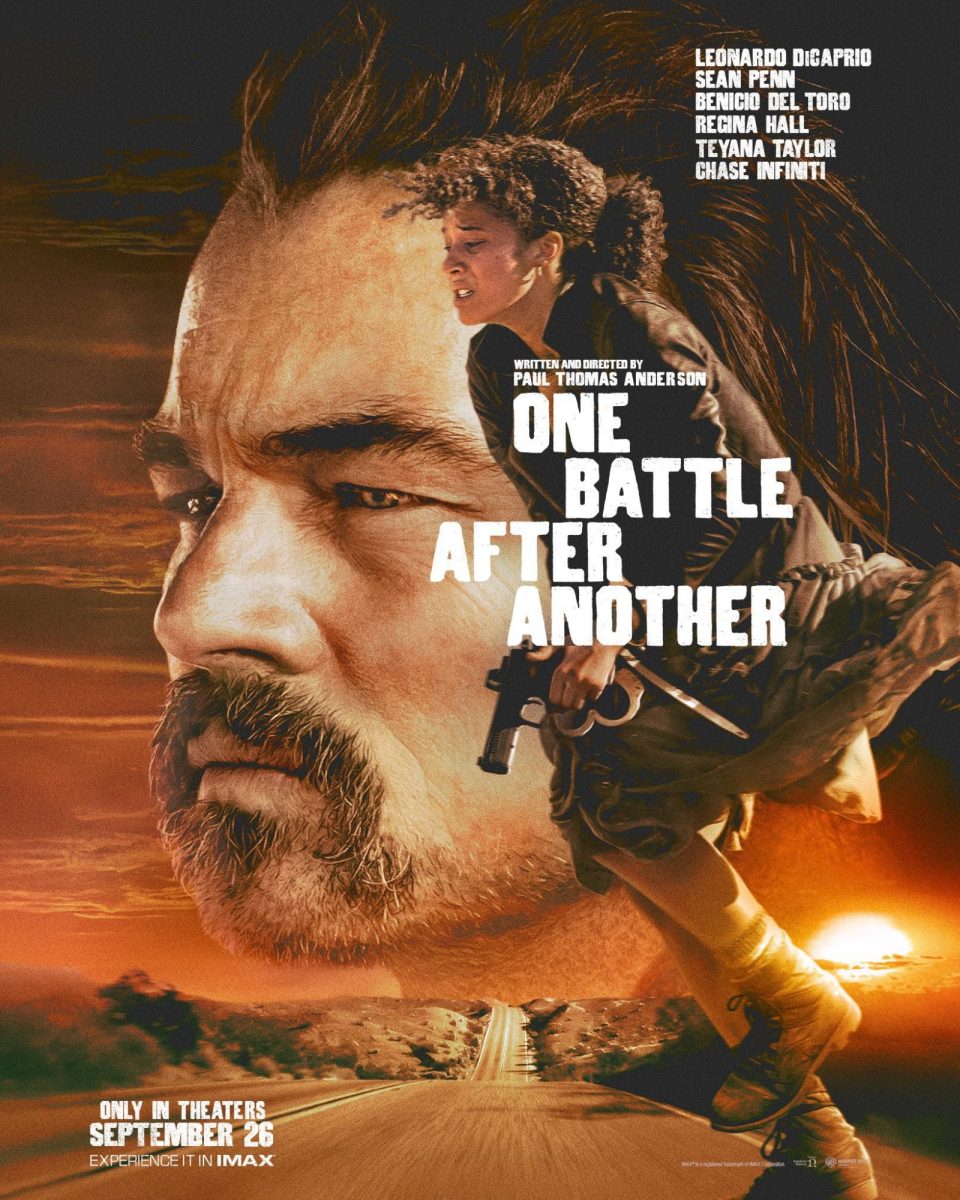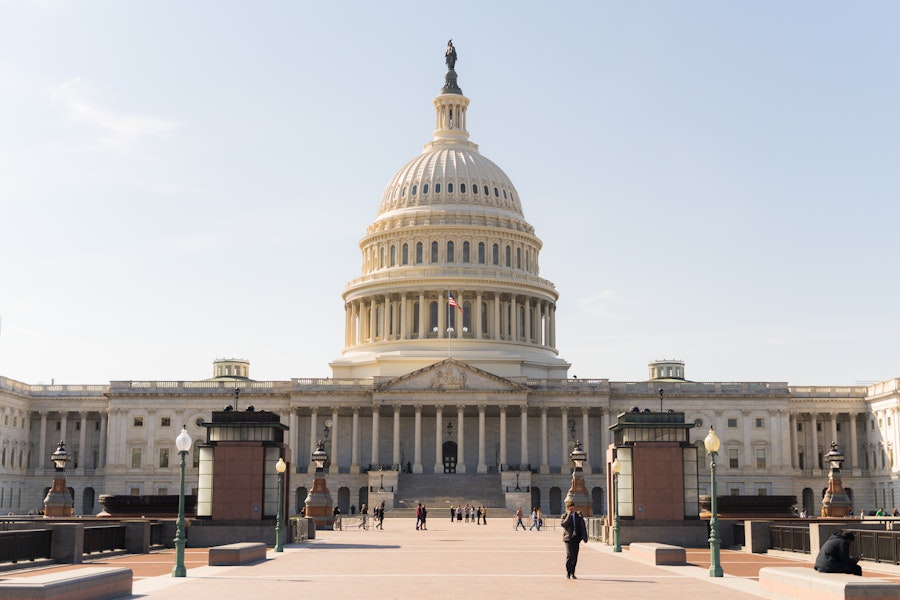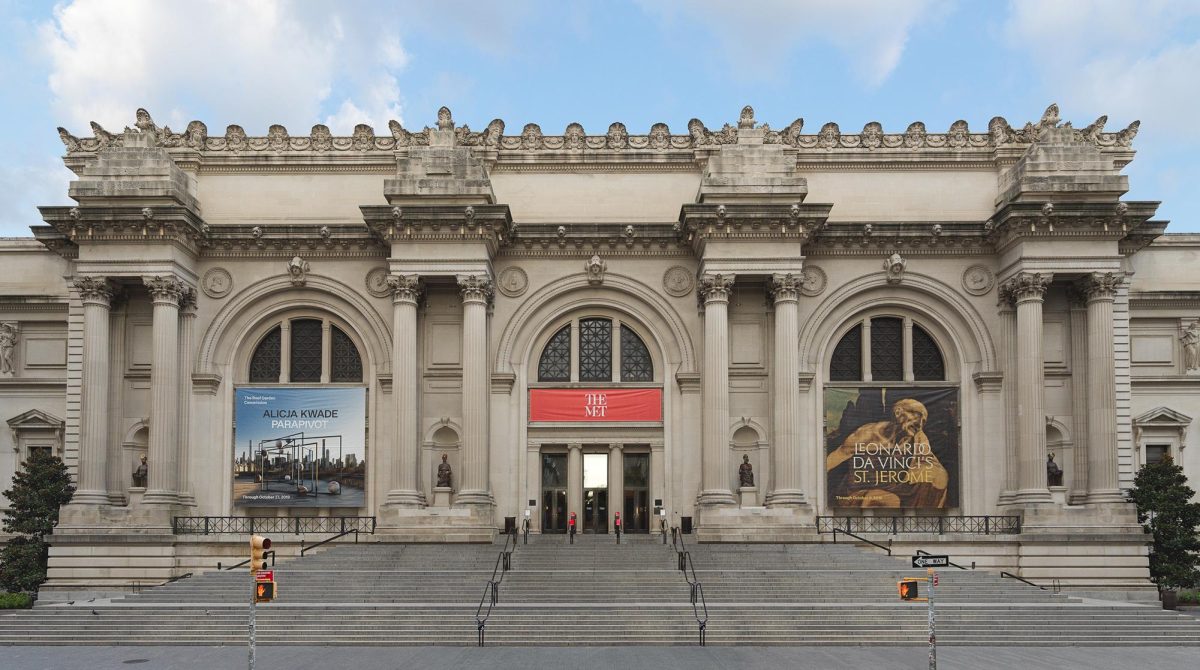From over-dramatic, poor attempts at British accents to real animals trying to appear like they are speaking to each other, here are four reviews of movie adaptations to books that are assigned to freshman and sophomore English classes.
Note: This article contains many spoilers. If you haven’t finished reading one of the books, then to avoid spoilers, don’t read the paragraph about that book.
The Scarlet Letter by Nathaniel Hawthorne (1850)
Movie: The Scarlet Letter (1995), starring Demi Moore and Gary Oldman
Quality of movie: D-
Similarity to book: F
https://giphy.com/gifs/the-nanny-diaries-yXhEt2lpNyWsM
A scene from The Scarlet Letter movie. (GIF by Gary Oldman via Tumblr)
If you’re trying to improve your understanding of The Scarlet Letter, you aren’t going to learn anything beneficial from the movie. Instead, the movie is more likely to distort your understanding and give you a false perception of what really takes place in the book. The setting, major character names, and the scarlet letter that the protagonist wears are the same as in the book, but the similarities end there.
Nearly everything else is changed in the movie, including most of its important themes, and the general plot. The majority of the movie takes place just before Hester is forced to wear the scarlet letter, revealing all the events that led to her punishment for sinning. It tells a completely different story than the book. Personally, I did not like this change in plot and would have liked it more if the movie had stuck to the original storyline of the book.
The movie is narrated by Hester’s daughter, Pearl, and adds extra characters such as a mute, former slave named Mituba, whom Hester took in as a servant. The filmmakers attempted to make the movie into an action and adventure story, contrary to the dense, slow paced nature of the book. They added witch hunts and “Indian” attacks, yet I still found the movie dull, and, overall, poorly made.
Many movies try to leave viewers satisfied with a happy ending, and The Scarlet Letter attempts something like this while effectively ruining the book ending. In the book, Arthur Dimmesdale climbs onto the scaffold, confesses his sins, reveals that, like Hester, he too has a red stigma, and then he sinks into the scaffold and dies – certainly not a happy ending. However, in the film, in place of those events, we get Indians with flaming arrows showing up to attack the Puritans and saving Dimmesdale in the process. This was a classic Hollywood move, trying to satisfy viewers and boost ratings with a happy ending.
Not only was the movie extremely unfaithful to the book, but the quality was questionable too. It’s not just the graphics, as this was created in the mid 90’s, but the detail and special effects such as the bad British accents. The intention was there, but many of the scenes were extremely hard to take seriously because of poor acting and bad effects. Overall, the movie fell completely short in relation to the book, on account of replication and general quality.
Book: Adventures of Huckleberry Finn by Mark Twain (1884)
Movie: The Adventures of Huck Finn (1993), starring Elijah Wood
Quality of movie: B
Similarity to book: A-
https://giphy.com/gifs/disney-elijah-wood-the-adventures-of-huck-finn-N7UWzNotatJzW
A scene from the movie The Adventures of Huck Finn, showing Huck (played by Elijah Wood) getting his cheeks uncomfortably squeezed. (GIF by unknown author via Giphy)
Both the movie and the book versions of The Adventures of Huckleberry Finn feature the half-literate son (Huck Finn) of a drunk man who runs away from home and follows the Mississippi River with an escaped slave named Jim. Along the way, they undergo adventures and cross paths with characters like the King and the Duke, two con men that impersonate British visitors in order to steal money.
The movie stays true to the book by incorporating the themes of racism and slavery, which is clearly illustrated when Jim re-educates Huck away from the racist beliefs with which he was raised. However, the film removed a fair amount of scenes from the book, one being Huck’s joke to Jim when he pretended he was dead. Although I did not think that these deleted scenes were vital to the story, I still thought that keeping them would have improved the film. The last segment of the book that featured Jim being sold to an Arkansas plantation owned by Tom Sawyer’s uncle, along with Huck’s reunion with his best friend, Tom Sawyer, were also both excluded from the movie. Instead, the movie ended with a sequence featuring Huck and Jim’s partnership with the two con men.
All in all, there were some major scenes that were removed or changed, but the movie still retains the integrity of the story by preserving the majority of its essential details. The Adventures of Huck Finn continues the themes of the book, therefore keeping the impressions of friendship and character development within the book and movie constant.
Book: Animal Farm by George Orwell (1945)
Movie: Animal Farm (1999), starring Kelsey Grammer
Quality of movie: C
Similarity to book: C-
https://giphy.com/gifs/1954-MyzAgGBs55YK4
A scene from the movie Animal Farm showing the animals banding together to chase the farmer, Mr. Jones, out of the farm. (GIF by khaflkr via Make a Gif)
George Orwell’s political fable, Animal Farm, gets a completely new analysis in this film adaptation that features a cast of real animals along with digitally manipulated critters. Overall, the majority of the plot remains the same, but the change in the timeline affects the overall tone and message of the story. In the book, things become progressively worse. This forces the reader to sympathize with the hopeless condition of the animals. The ending of the book reveals that the pigs can no longer tell which of them are pigs and which are human beings. It’s a sad realization, as opposed to the beginning of the book, when the pigs and the humans lived separately and hardly understood each other.
The film takes a different perspective. It ends with the surviving animals returning to their beloved farm after going into hiding. This change in the timeline injects something that was purposely excluded from the novel: hope. The ending of the book is depressing, but it is also effective and a fundamental part of the themes and plot portrayed in the book. Changing the ending just to appeal to a broader audience is a disservice to the ideas of the author and messages of the book. George Orwell’s novel is about the deception, cruelty, betrayal, and hypocrisy of the pigs’ control of the farm (and by extension Soviet-style government). The book progressively reveals to the reader how the seemingly democratic revolution turns into a bloody tyranny. Even though major plot points remained the same, what was changed makes this version of Animal Farm misleading and a failure in terms of conveying the fundamental theme and story of Orwell’s novel.
Book: Of Mice and Men by John Steinbeck (1937)
Movie: Of Mice and Men (1992), starring John Malkovich and Gary Sinise
Quality of movie: B+
Similarity to book: A
https://giphy.com/gifs/of-mice-and-men-EPQmeQk8O6i3e
A scene from the movie Of Mice and Men showing a conversation between the two main characters, Lennie and George (John Malkovich and Gary Sinise). (GIF by unknown author via Giphy)
If you are into action-packed adventure movies or are easily bored, then this movie probably isn’t for you. However, overall I thought this film was an excellent adaptation of the book. The acting was incredible, especially the portrayal of the characters Lennie and Candy. There were plenty of scenes taken out, but overall, it remained faithful to the book through its themes of brotherhood and the American Dream, timeline of events, and the majority of the plot. In many of the scenes, the dialogue was identical to the dialogue in the book.
Some changes made include leaving out the scene where Curley’s comes into the barn when Lennie, Candy, and Crooks were talking; dismissing the symbolic scene when Lennie is talking to an imaginary rabbit and his dead Aunt Clara; and omitting the scene in which Curley and Carlson, and Slim show up after George had just shot Lennie. I thought that these excluded scenes benefited the book, but were not necessarily vital to the film. When producing a movie, it’s challenging to include every scene that was in the book, so for that reason, I thought that it made sense to exclude the scenes that they chose. Overall, I thought that this film was by far the best portrayal of the book because of its authenticity and how well it captured the essence of both the characters and the themes of the book. This movie is a good resource for reinforcing your knowledge of Steinbeck’s novel Of Mice and Men









